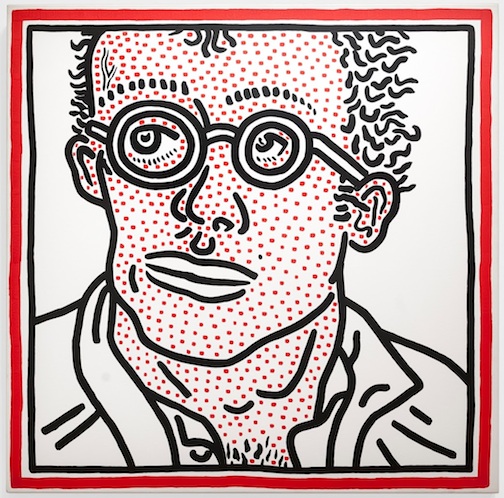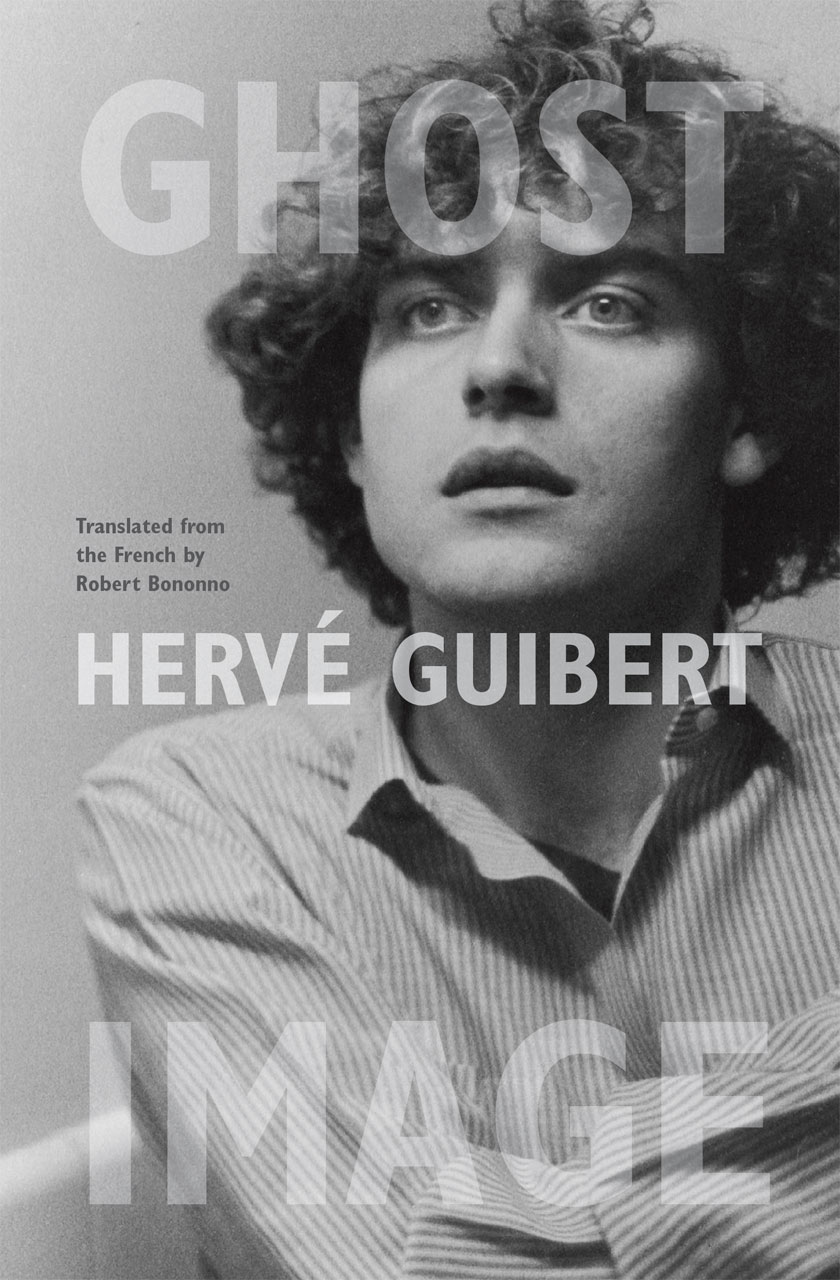Zanele Muholi
Williams College Museum of Art, Williamstown, Mass.
February 1 to April 27, 2014.
“I WANT to be counted in South African history. I have to write that part of history,” observes Zanele Muholi, a 42-year-old photographer who lives and works in Johannesburg. And so, she explains, “I embarked on a journey of visual activism to ensure that there is black queer visibility.” Through portrait photography, filmmaking, and political interventions into the public culture of post-apartheid South Africa, Muholi challenges the visual assumptions of gender and sexuality and shakes up the relationship between photography and the world.
Muholi’s one-woman show at the Williams College Museum of Art coincided with the twentieth anniversary of the April 1994 elections that marked South Africa’s transition to democracy.
With those reforms came a constitution that forbids discrimination on the basis of sexual orientation and laws that guarantee marriage equality. But for black South Africans, particularly for lesbians, the realities have often been different: persistent poverty and racism, homophobia, xenophobia, the violence of “corrective rape,” and HIV. All of these combine to make black lesbians simultaneously invisible and hypervisible: ignored or unrepresented, except as victims or social problems.

Courtesy Stevenson Cape Town and Johannesburg.
In the midst of that social crisis—which is also a crisis of visual representation—Muholi intervenes to make lesbians visible on their own terms. The exhibition’s first room draws on Muholi’s ongoing series Faces and Phases, bold black-and-white portraits that offer a collective picture of queer women in contemporary South Africa. Although they capture a single historical moment, they are not snapshots; they convey the subjects’ sense of themselves, but they are not selfies. Everyone is here, but as the viewer looks at—or gets looked at by—butch women, passing women, transmen, captured in black-and-white and featured in a dimly lit gallery space, the feeling is stark, cool, even stone cold. Muholi conveys the strength and perseverance, the insistence on being the author of one’s own life.
Transforming the visual representation of black lesbians in South Africa also requires a new vision of sexuality. “When do we talk about intimacy?” Muholi asks, and in the exhibit’s second room she chronicles pleasure and its riotous, vibrant displays. Intimacy here can be lush, as shown by the intertwined lovers in Apinda Mpako and Ayanda Magudulela, Parktown (2007). Or it can be toughly delicate, as the Beulahs series reveals through gender-bending portraits of men. Or it can be tender. Human Rights Watch: Zanele Muholi (2013), a short film made by the Inkanyiso media collective, documents Muholi’s photographic process.
In it, we learn that Muholi began her working life as a hairdresser. Watching the photographer gently braid a sitter’s hair, the resonances between the two deeply intimate modes of presentation slowly emerge. Tenderness is echoed and amplified in the boldly erotic film Intimacy (2012). (The third film, last year’s Ayanda & Nhlanhla’s Wedding, is raucously festive, but, like everyone else’s wedding films, it gets real boring real fast.) In this brightly lit room, color predominates, whether in photographic medium, clothing, or the erotic intersections of women’s bodies in Caitlin and I, Boston, USA, 2009.
In 2010, Lulu Xingwana, South Africa’s Minister of Arts and Culture, walked out of a show that included Muholi’s work, denouncing it as “immoral” and “going against nation-building.” That’s just one reason why Muholi does not call herself a fine arts photographer, but instead a “visual activist.” By documenting women who have been overlooked or misrepresented, by “creating visual space for our histories … within the archival system of the nation,” she puts a stake in the ground that anchors and stabilizes even as it disrupts. Muholi quotes the observations of pioneering lesbian photographer Joan E. Biren (JEB) that “without a visual identity we have no community, no support network, no movement.” And, as JEB also remarked, “making ourselves visible is a continual process.”
Christopher Capozzola is an associate professor of history at the Massachusetts Institute of Technology.





